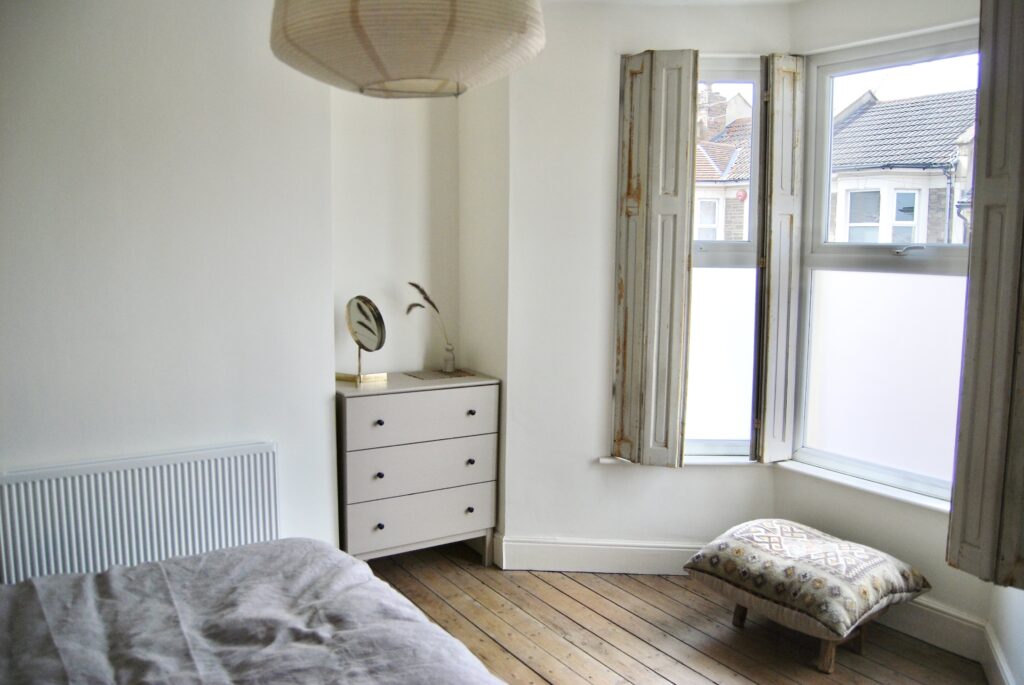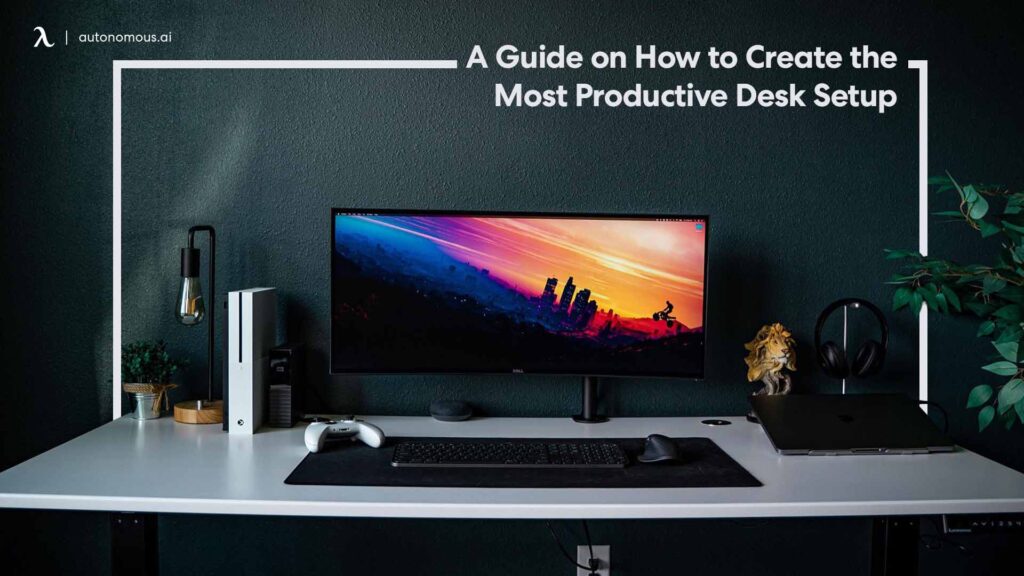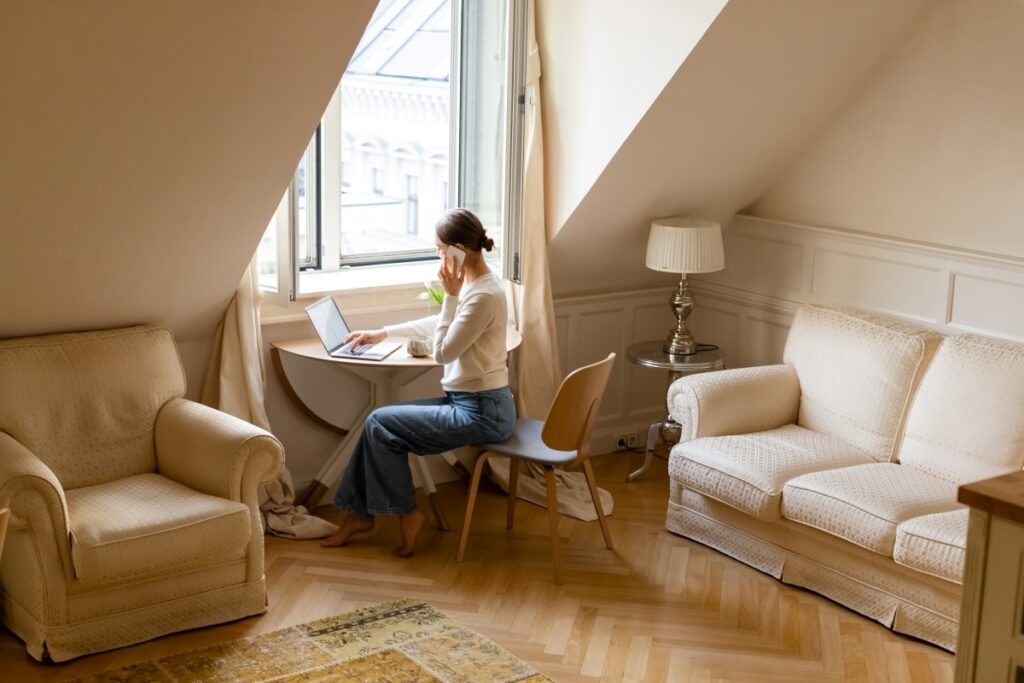The Essence of Minimalism in Home Decor
In today’s fast-paced world, the allure of minimalism extends beyond mere home decoration; it embodies a profound lifestyle choice rooted in simplicity and intentionality. This transformative approach advocates for the removal of excess, promoting a living space that fosters tranquility and clarity. With consumer goods and clutter constantly vying for our attention, embracing minimalism can significantly enhance both the aesthetic appeal and functionality of your home.
To embark on your minimalist journey, consider these essential elements:
- Color Palette: Opt for a selection of neutral tones such as whites, grays, and soft pastels. These understated hues create a calming atmosphere, making your home feel more open and less chaotic. For example, instead of vibrant red or blue accents, consider muted greens or beiges that soothe the senses.
- Furniture Selection: Prioritize functional and multi-purpose pieces that maximally utilize your space. A sofa bed, for instance, not only provides seating but can also serve as a guest bed, embodying the essence of minimalism. Look for tables with hidden storage capabilities or ottomans that serve as both seating and storage.
- Decluttering: Engage in regular assessments of your belongings. Designate certain times of the year—like spring cleaning or during the holidays—to evaluate items in your home. If an item hasn’t been used in the past year, consider donating or selling it. Maintaining a tidy living environment plays a crucial role in achieving minimalism.
Comprehending the defining features of minimalism can significantly transform your space. Minimalist decor is often characterized by:
- Clean Lines: Seek out furniture and accessories that emphasize straight edges and a lack of ornate detailing. Tables and chairs with geometric shapes provide a sleek, modern aesthetic.
- Open Spaces: Strive to create open areas in your home. Furniture arrangement should focus on allowing ample room for movement, providing a respite from the visual clutter often seen in overly furnished spaces.
- Natural Light: Harness the power of sunlight by maximizing windows. Sheer curtains can filter light while ensuring privacy, greatly enhancing the ambiance of your space. Consider placing mirrors strategically to reflect light around rooms, making them feel brighter and larger.
As you delve into how to incorporate these minimalism principles, it becomes clear that crafting a harmonious home is achievable without resorting to excess. This approach invites you to celebrate simplicity and elegance through thoughtful choices. Embrace the minimalistic philosophy further and explore how small adjustments—like a thoughtfully placed houseplant or curated wall art—can profoundly impact your living environment. As you simplify, you may discover a newfound sense of freedom that fosters creativity and joy within your home.
CHECK OUT: Click here to explore more
Implementing Minimalism: Practical Steps for Your Living Space
Applying minimalism in home decor transcends just the visual aspect; it involves a mindful approach to how you curate and arrange your living environment. To effectively create a minimalist aesthetic, several practical steps can help you refine your space while retaining comfort and style. Here are essential tips to consider as you begin your transformation:
- Embrace Functionality: Identify which items in your home serve a dual purpose. For instance, select nesting tables that can expand when needed but can otherwise be tucked away, minimizing visual clutter. Using furniture that is not only stylish but also practical contributes significantly to a minimalist home. Think about utilizing folding chairs for guests that can be stored easily when not in use.
- Incorporate Natural Elements: Integrating natural materials such as wood, stone, and plants can enhance the charm of a minimalist space. These elements bring warmth while maintaining simplicity. Consider placing a single large houseplant or a stylish succulent arrangement on a coffee table as a focal point instead of multiple smaller decorations, which can create visual chaos.
- Limit Decorative Accessories: With minimalism, less is more. Display only those accessories that resonate with you and tell a story. A well-placed piece of art or a family photo can evoke emotion and create a sense of belonging without overwhelming the space. The key is to maintain balance—allow your selected decorative items to shine by keeping the surrounding areas uncluttered.
- Avoid Overstyling: Decorate thoughtfully without the need to fill every corner. Large, blank walls can be striking when intentionally left unadorned, highlighting the beauty of empty space. If you opt for wall art, consider a single statement piece that draws the eye and defines the area, rather than a collage that can become distracting.
- Stick to a Signature Look: Developing a cohesive style can simplify choices in decor. Whether you lean towards Scandinavian simplicity or Japandi fusion, having a clear vision will guide your selections. Consistent shapes, colors, and materials throughout your home will lead to a serene environment, unifying various spaces while exuding a polished look.
As you implement these minimalism principles, you will soon realize that creating a calming environment doesn’t require an elaborate overhaul. Instead, minor adjustments can yield significant changes, resulting in an organized and inviting atmosphere. Remember, the journey towards minimalism involves patience and grace; give yourself time to declutter and curate your home thoughtfully.
Ultimately, the goal is to shape a living space that reflects your personal style while enhancing your quality of life. With each conscious choice you make in your decor, you pave the way for a home that embodies serenity and purpose, allowing you to focus on what truly matters.
| Aspect of Minimalism | Benefits |
|---|---|
| Open Spaces | Creates a sense of tranquility and harmony in your home, allowing for better movement and reducing stress. |
| Neutral Color Palettes | Promotes a calming atmosphere, making it easier to accessorize and change decor without overwhelming the senses. |
| Functional Furniture | Encourages practical living spaces while enhancing organization, which leads to a clutter-free environment. |
| Natural Elements | Brings in a connection to the outdoors, improving mood and fostering a relaxing ambiance. |
Embracing minimalism in home decor not only enhances aesthetics but also significantly impacts your overall living experience. The principles of minimalism encourage thoughtful choices regarding furnishings and decor, which ultimately fosters an environment that emphasizes calmness and simplicity. By incorporating these simple design tips, one can create peaceful spaces that invite relaxation and focus. Exploring options such as functional furniture and maintaining open spaces can lead to a more cohesive home that reflects your values. Opting for neutral color palettes enables flexibility in decor choices while ensuring that the environment feels unified and inviting. Remember, minimalism isn’t just about less; it’s about a more intentional approach to how you design your spaces.
SEE ALSO: Click here to read another article
Curating Your Space: Additional Strategies for Minimalist Decor
As you delve deeper into the realm of minimalism, consider the importance of your space not only as a backdrop but as an integral part of your lifestyle. Focusing on practical tips can further streamline and enhance your living environment, encouraging a refreshing atmosphere that cultivates peace and functionality. Here are additional strategies to apply minimalist principles in your home decor:
- Prioritize Quality Over Quantity: Invest in fewer, high-quality pieces rather than filling your space with numerous items that are mediocre in nature. Choose furniture and decor that are not only stylistically appealing but also durable and timeless. This shift not only supports a minimalist aesthetic but also promotes sustainability by reducing waste and consumption.
- Create Open Spaces: Allowing room to breathe is crucial in a minimalist home. Arrange furniture in a way that opens pathways, making spaces feel larger and more inviting. An open layout can facilitate better light flow and create a more tranquil atmosphere. Avoid overcrowding a room with furniture, and instead opt for strategically placed, essential items to enhance functionality and comfort.
- Use a Neutral Color Palette: A soothing color scheme is essential for creating a serene ambiance. Lean into neutral tones like whites, blacks, grays, and earth tones to craft a subtle backdrop for your decor. These colors help in visually expanding the space and can be accented with the occasional splash of color through select accessories or plants, keeping the overall look harmonious.
- Keep Surfaces Clear: Surfaces such as countertops, tables, and shelves should be primarily free of clutter. Create designated spaces for everyday items, like keys or mail, and introduce stylish storage solutions such as decorative boxes or trays that blend well with the decor. The visual clarity achieved will not only contribute to a minimalist look but also make your space easier to maintain.
- Digital Decluttering: Minimalism extends beyond physical items; consider applying it to your digital life as well. Streamline your digital decor by organizing files, unsubscribing from unnecessary emails, and even reducing the number of digital devices in your home. A clutter-free digital space can foster mental clarity and enhance your overall well-being.
Adopting these design tips for minimalism will not only refine your decor aesthetic but also create a sanctuary that resonates with calm and purpose. As you navigate this journey of simplification, pay attention to how these changes make you feel within your space. Strive for a balance between the essential and the beautiful; each item should serve a purpose or spark joy without overwhelming the tranquility of your environment.
Remember, minimalism is not a one-size-fits-all solution; it invites personalization and introspection regarding what you value. Engage with your home decor in a thoughtful manner, allowing each decorative choice to reflect your unique lifestyle while reinforcing the minimalist mantra of “less is more.” Through this process, your home will transform into a haven of simplicity and grace.
CHECK OUT: Click here to explore more
Final Thoughts on Embracing Minimalism in Home Decor
In conclusion, applying minimalism in your home decor is a transformative journey that goes beyond mere aesthetics; it fosters a lifestyle of clarity and intentionality. By prioritizing quality over quantity, you can select pieces that enhance your living space while ensuring they are both functional and timeless. Allowing for open spaces promotes a sense of freedom, making your home a sanctuary where you can relax and recharge.
Utilizing a neutral color palette not only establishes a serene atmosphere but also provides a versatile backdrop that can evolve with changing seasons and trends. Keeping surfaces clear and organized reduces visual clutter, which in turn simplifies your daily routine and mental state. Additionally, don’t overlook the importance of digital decluttering; by streamlining your online life, you can enhance your overall well-being and focus.
By engaging thoughtfully with your decor, you practice a form of self-expression that resonates with your core values. Minimalism invites you to reflect on what truly matters, allowing for a personalized approach that aligns with your lifestyle. You might discover that less is indeed more, as your home transforms into a space of peace and inspiration. Embrace these simple design tips, and watch as your home evolves into a minimalist haven that speaks volumes through its simplicity.

Linda Carter is a writer and organization expert specializing in minimalism and personal organization. With extensive experience helping individuals create clutter-free, functional spaces and adopt mindful habits, Linda shares her knowledge on our platform. Her goal is to empower readers with practical advice and strategies to simplify their lives, stay organized, and achieve a sense of calm and balance in their daily routines.












